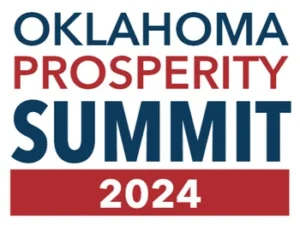Those who save the annual Thanksgiving grocery store trip for the last minute (no judgment from us!) will notice later today at the checkout lane that the price tag is a lot steeper than it has been in recent memory. According to a recent report, the price of every ingredient in the traditional Thanksgiving meal is up significantly from last year. Turkey prices are up 24 percent from Thanksgiving 2021, the ingredients for mashed potatoes are up 20 percent and cranberry sauce has climbed 18 percent. And here’s the truly devastating news: the key ingredients for pumpkin pie are up as much as 75 percent, while side salad ingredients are only up nine percent. That’s enough to make someone into a conspiracy theorist!
Kidding aside, what is happening here? Anyone who has paid attention knows that we find ourselves in a period of generalized inflation, with prices for just about everything up over recent years. But things like the Turkey Index—as we at SCRF (and only we) call it—offer the opportunity to dig a little deeper in our understanding of how the economy works and illuminates how policymakers should think about potential solutions.
The Thanksgiving dinner inflation report elaborates in some detail about thevarious causes of increased costs, surveying the various industries involved in the production of the food most of us consume on Thanksgiving Day. Bad weather for potato and cranberry growers, avian flu among the turkey population and crop diseases in California have worked in concert, the article explains, to limit the supply of the items that go into a Thanksgiving feast, raising prices in the aggregate.
Accordingly, the article contends that the inflation we are seeing for these items is fundamentally due to problems on the supply side of the economy. Meaning that, for a variety of reasons, firms’ ability to produce the goods we consume en masse on Thanksgiving is not keeping pace with our demand to consume them.
Economists can and do engage in turkey or the egg debates (c’mon, we couldn’t resist!) about whether a given period of inflation is being driven primarily by increased demand or limited supply, but it’s simple enough for theaverage person to see that either one, or both, will cause prices to increase. That’s just basic supply and demand.
But that means the reverse is also true. If relatively high demand and/or relatively low supply is the fundamental dynamic at play in an inflationary economy, there really are only two levers to pull to bring down prices: we can try to put the brakes on demand, or we can try to boost production on the supply side.
As we’ve noted before, besides the negative side effects of slamming thebrakes on demand (potential for recession, high interest rates), the demand side is mostly outside the control of state policymakers. But that doesn’t mean nothing can be done. Rather, state policymakers should be looking for ways to make production on the supply side easier and less costly wherever possible. The most direct way to accomplish that is through tax policy. Good old-fashioned supply-side tax reform should be on the menu this legislative session, and hopefully future Thanksgiving menus will take a smaller bite out of Oklahomans’ budgets.





